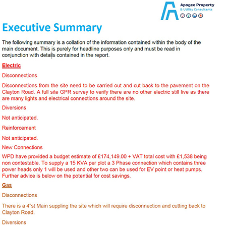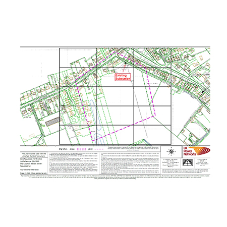Written by Jeremy Haigh – Managing Director at Apogee Property & Utility Consultants Ltd
“I have spent well over a decade now looking at the automation of Utility Searching and an abundance of technologies in an attempt to find a way of delivering utility information to an enquirer at a lower cost.
The utility record search report and utility information management market is now full of a number of technology based methodologies that deliver utility information to the many thousands of entities that are interested in the presence of underground plant.
I have looked at GIS technologies of all types examining all the different formats. I have looked at line following algorithms and a number of other quite sophisticated transposition technologies. Hopefully I can shed some light on why I think that forcing utilities on to an automated system hasn’t happened in Great Britain. As well as why nobody has taken the leap of building the technology and why a huge number of users of utility records don’t rely on the automated systems that do exist in the UK.
Automation is a great idea! Contractors who rush to site on fault work would be able to better comply with the NRSWA*. Clients and Designers would find it easier and cheaper to get the information that should in my view be part of the pre contract Health & Safety pack under the CDM** regulations. The information is also required before breaking the ground according to HSG47*** prior to further utility discovery work. This is something the development market has wanted for a very long time. Instant access to plans at a very low cost would help everybody, and on the face of it technology or software could be the answer.
The sad fact is that the variety of formats and commercial pressures on utility companies make convergence of the data very difficult and expensive. They have the protection of humans and of critical infrastructure to think about as well. But there are other reasons why technology and automation are not the answer.
The problem is that the maps and boundaries given to everybody are imperfect, shapefiles and boundary/ area maps are only really the utility’s best guess of the area that they are responsible for. I have long lost count of the number of times, particularly in the water industry, where no company will take responsibility for plant that ends up being theirs as well as them having denied the plant or area is theirs. Dealing with this is something that can only be dealt with by a human. What is more is that if the initial decision is to rely on the utility company’s plan or an arbitrary buffer, it can be extremely dangerous. Suppliers of utility information all over the country are making search no search decisions on these bases.
Allow me to give you a gas example; a regional gas company with a major trunk line to a refinery many miles away from the boundary on their area map. How can that be discovered by technology (making a black and white or yes/ no decision) or using an area of interest map? It can only be discovered by a human having the training and lateral thought that a refinery might mean that further examination of what could be underground is required.
Sites and areas of special interest or requiring protection of critical infrastructure are also a problem. These areas often do not have plant shown. In some cases, not all, these areas are marked on the utility companies plans with special markings. Technology alone cannot decide that further research needs to be done in that area, and maybe communication between the enquirer and the utility company is required to determine the next course of action. In a lot of cases this information can be obtained with a little discussion - Something that is not possible for a robot let alone the robots inability to identify the area with missing information.
ICP’s; UIP’s; IGT’s and IDNO’s and other company connections. One must check the plans for the existing regional company and ensure that entire areas are covered and identify the markings that indicate that a 3rd party connection exists. These can only really be discovered using a human examination of plans against other mapping to indicate that there should be plant present and whose plant it is. This kind of examination is something that cannot be done by technology and can only be done by a human who has been adequately trained in ensuring a search is complete.
The truth is that technology is only part of the answer; a human will, in my view, always be required. Automated systems based on scale and plan resolution can show utilities affected when they are not and visa versa. Humans must ask themselves what can I see on the plans that the untrained and robot eye cannot. Only a well trained human can judge a situation on its merits and apply some context to the situation and make a more informed decision.
Apogee will never be completely reliant on technology with these things. Its all much more complicated than that and less black and white than technology can decipher. Our technology focuses on the client ordering and service experience and it will stay that way until the vagaries in the quality of information held and released by utility companies improves. There is no substitute for allowing enough time for a thorough and professional search. For those that have the time and are operating a considered process that is compliant with all the rules and regulations they need to allow 10 working days for the task. Something that both HSG47 and PAS128**** make clear.
Finally, it is very important that clients understand that in accordance with HSG47 and PAS 128 a Utility Search (QL – D) although a pre requisite for each level of survey a utility search report is only part of the jigsaw. We have a CDM risk assessment that delivers a pathway through PAS 128 that helps clients put together a robust, site-specific methodology for compliance.
Here at Apogee we provide a wide range of utility reports that add value to our client’s projects; they start at £65 + VAT and our production process will never be reliant on technology to make to many decisions that should only be made by a trained human.”
View Full Utility Search Product Entry

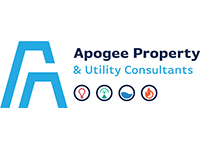
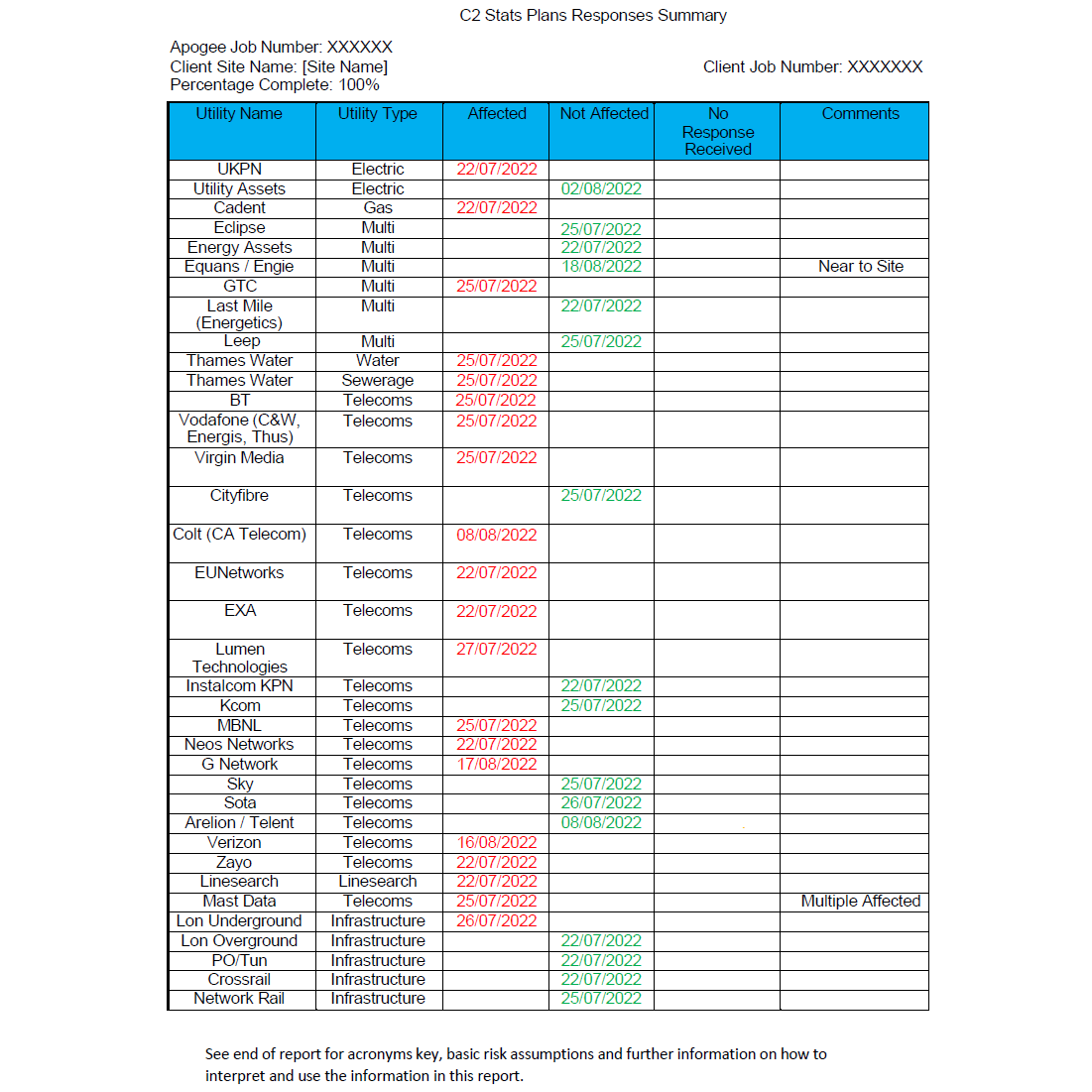
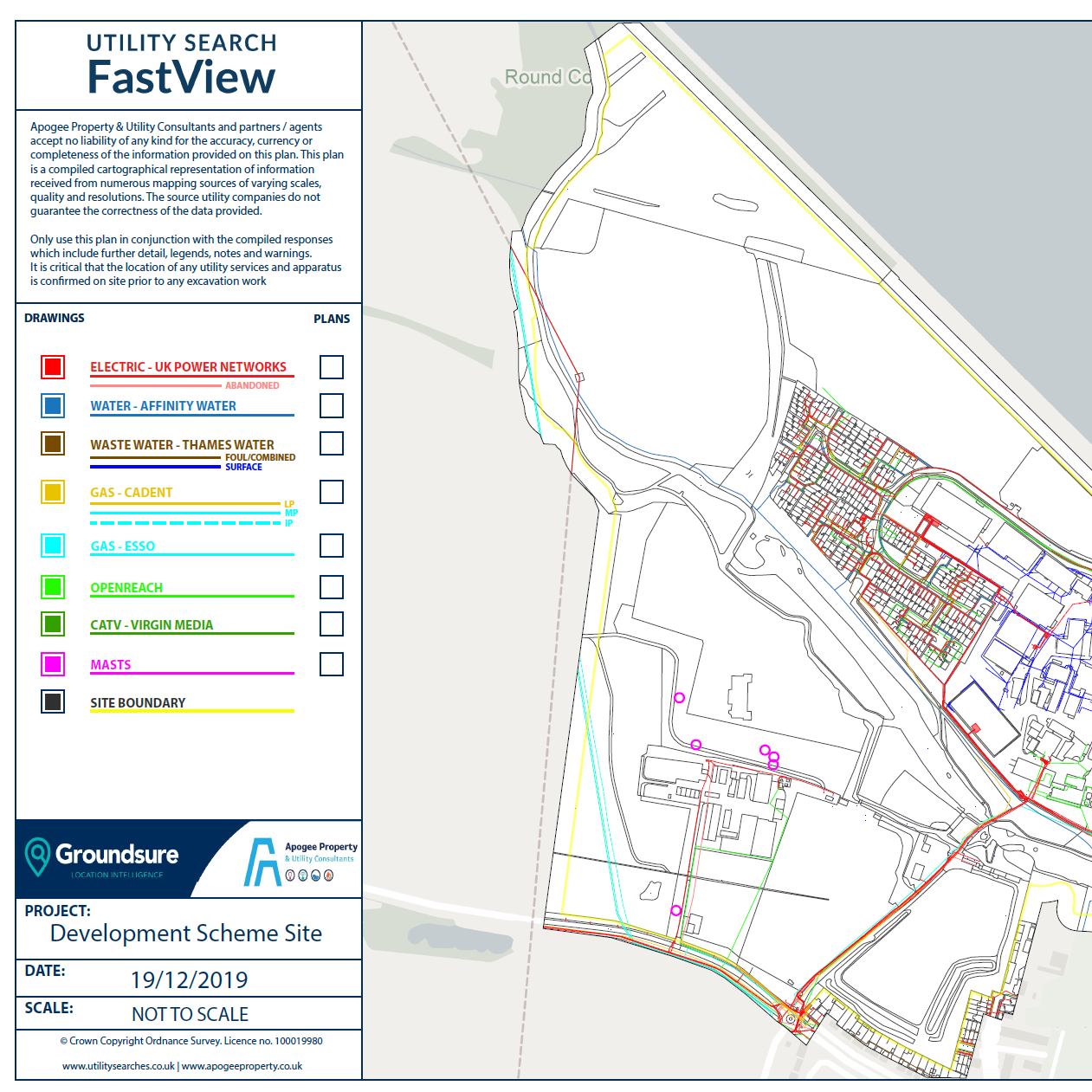
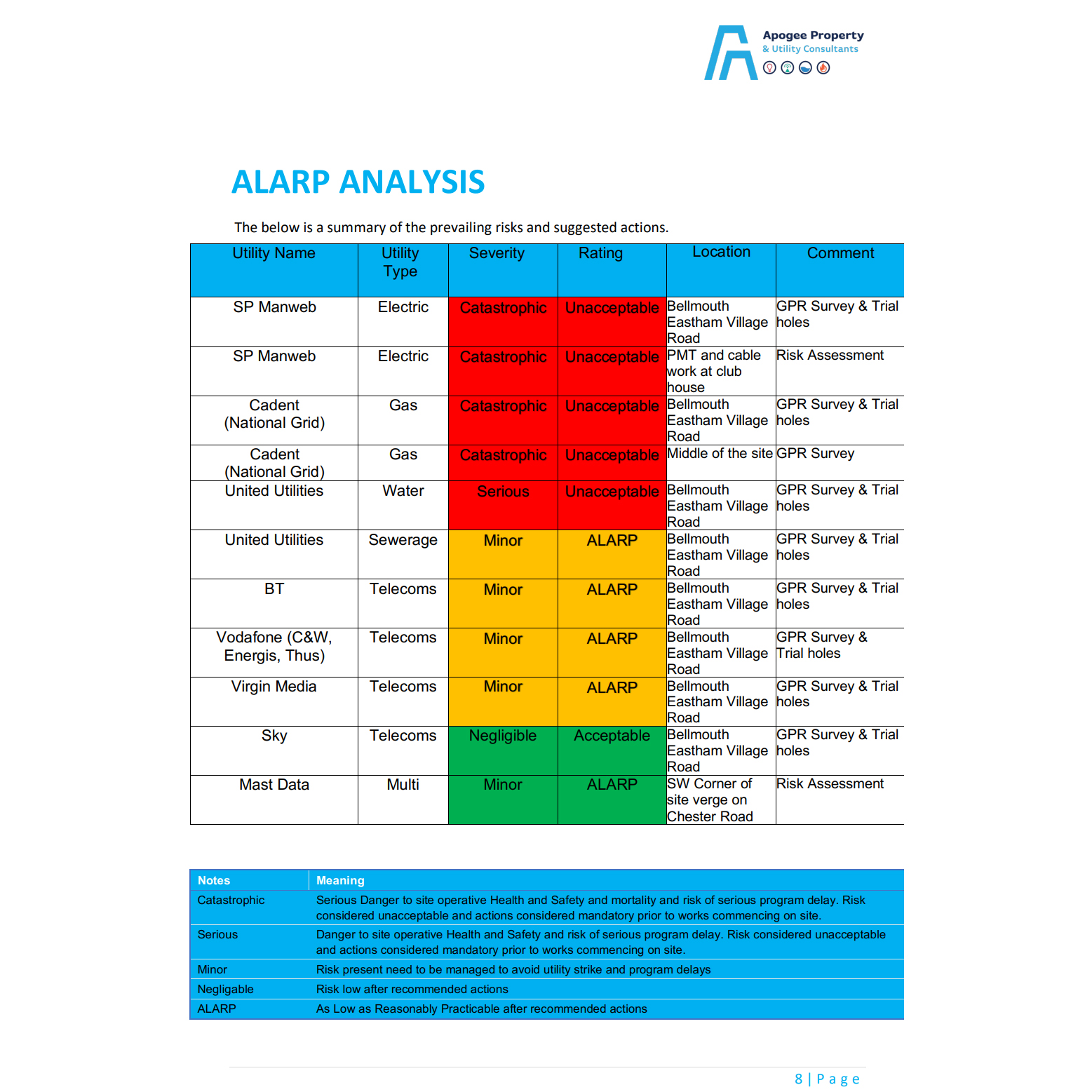
%20copy.png)
